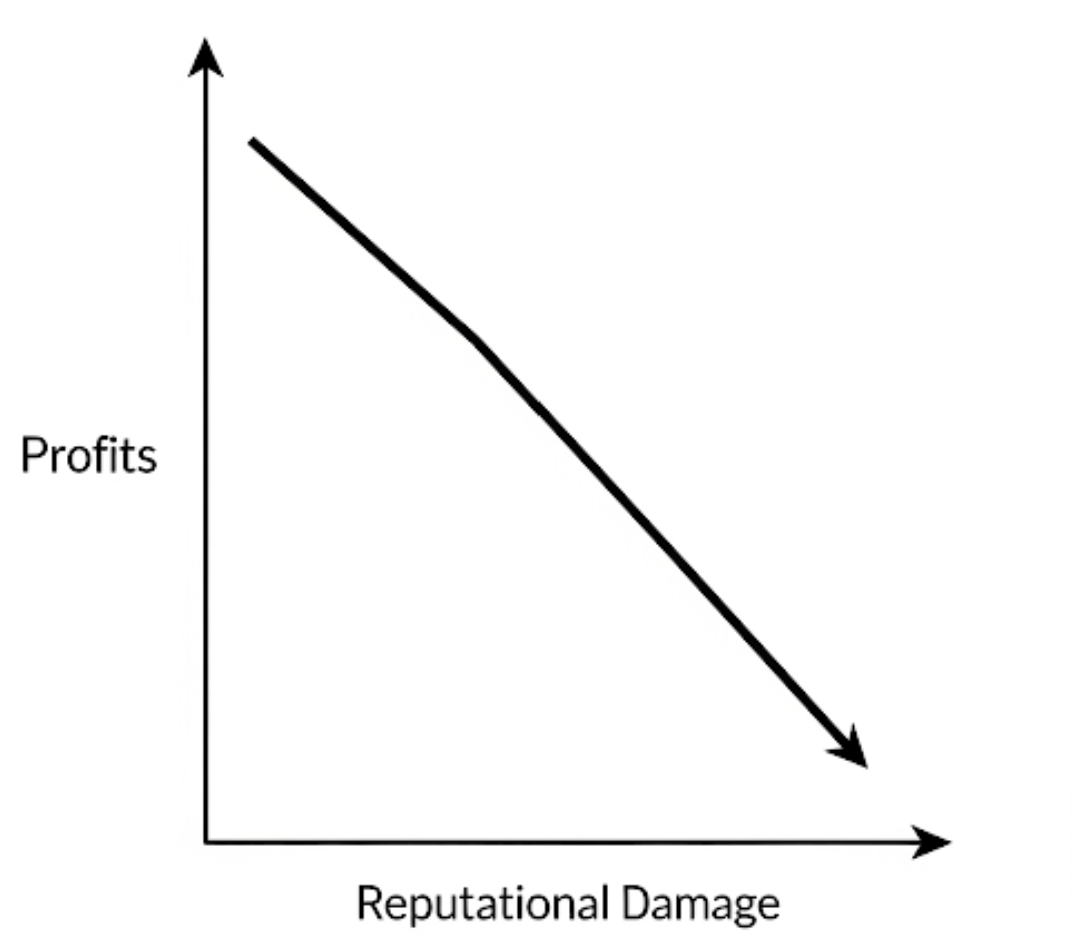
2025 Fraud Trends
As we settle into 2025, the landscape of fraud continues to evolve, presenting new challenges and opportunities for anti-fraud professionals. According to Mason Wilder, CFE, in his article “Top 5 Fraud Trends of 2025” on the ACFE Insights Blog, several significant trends are emerging that will shape the fight against fraud this year. From the decline of the notorious “Pig Butchering” schemes to the rise of synthetic identity fraud, these trends highlight the dynamic nature of fraud and the need for continuous adaptation and vigilance.
Decrease in Pig Butchering Schemes
The “Pig Butchering” scheme, a form of romance fraud involving sham cryptocurrency investments, gained significant awareness in 2024. This increased awareness is expected to reduce the effectiveness of these scams in 2025, similar to how the Nigerian Prince scam became less effective over time. However, anti-fraud professionals should remain vigilant as new tactics may emerge.
Cyber-Scam Losses Continue to Mount
Despite the decline in pig butchering scams, cyber-scamming operations will persist. Criminal organizations, often involving human trafficking victims, will continue to generate high revenues from cyberfraud. These operations are expected to evolve, developing new tactics to scam individuals and organizations, driven by corruption in regions where these scam centers operate.
Synthetic Identity Fraud Increases
The use of synthetic identities in fraud schemes will rise in 2025, fueled by advanced AI tools. These tools will create convincing fraudulent identities, overwhelming existing preventive and detective controls. Anti-fraud professionals must stay alert and regularly update their fraud risk management frameworks to counter this growing threat.
Increased Blame on Financial Institutions, Money Service Businesses, and Telecommunications Companies
As fraud revenues soar, there will be increased pressure on financial institutions, money service businesses, and telecommunications companies to prevent fraud. Governments, regulators, and victims will demand more accountability from these entities. This could lead to new regulatory requirements and liability frameworks, such as those recently implemented in Singapore.
Shifts in the Anti-Fraud Professional Job Landscape
Changes in government administrations worldwide may lead to anti-fraud professionals moving from public to private sectors, facing new risks and tasks. The rising demand for technological solutions, especially AI-based tools, will require these professionals to adapt and learn how to effectively integrate these technologies into their work.
In conclusion, the fraud landscape in 2025 is marked by both the decline of certain scams and the emergence of new, sophisticated threats. Anti-fraud professionals must stay informed and agile, leveraging technological advancements and updating their strategies to combat these evolving risks. As Mason Wilder emphasizes, understanding these trends and preparing for their impact is crucial for effectively mitigating fraud and protecting individuals and organizations from financial harm.
Remember, the most effective way to detect fraud is by encouraging people to speak up, and providing an anonymous hotline is one of the best methods to facilitate this. To learn more about the importance of fraud prevention, see our post here.
Reach Us
Red Flag Reporting
P.O. Box 4230, Akron, Ohio 44321
Tel: 877-676-6551
Fax: 330-572-8146



